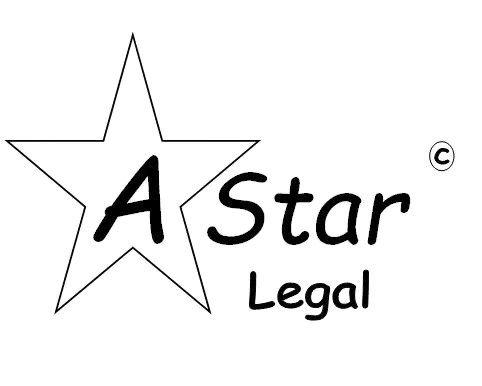Introduction
A structured and quite well method for managing risk is extremely important for any company. ISO 31000 is a global standard that defines risk analysis instructions. Obtaining an ISO 31000 certification provides proof of the industry’s devotion to the risk management process. Organizations can improve their choice and readiness for unexpected situations by following ISO 31000 standards. This certification helps companies recognize, monitor risks, and examine that may have an impact on their procedures Not only ISO 31000 guide large corporations but it also helps smaller Enterprises.
This certificate that is commonly recognized can boost a business’s reputation and increase competition. To acquire certification an individual should study the current guidelines, make the required changes and make sure that risk management is connected to daily operations. Moreover, a company which has achieved ISO 31000 certification can motivate more faith and confidence from its customers and partners. Also, there are many advantages, it is essential to note the disadvantages. It will steer you to understand whether it is the ideal option for your organization. ISO 31000 Certification Advantages And Disadvantages will also be described in this article.
Table of Contents
ToggleThe Advantages of being certified to ISO 31000
Enhanced Risk Handling
Obtaining ISO 31000 certification results in improved risk assessment as a key benefit. By evaluating the risks, companies can reduce them. Alert organizations can prevent problems in advance. The certification helps companies to keep in mind all possible dangers, which include strategic, financial, and operational risks.
Improving Determination
Whenever a company is aware of its own risk it can make smart choices. Certification in ISO 31000 encourages proper decision-making. It is because the certification gives a specific method for examining dangers and coming to decisions that recognize potential benefits and drawbacks.
Enhanced Trust Among Stakeholders
Among many other clients having an ISO 31000 can increase trust with workers, stakeholders, and consumers. Moreover, consumers may enjoy working with organizations that have obtained ISO 31000 certification since it creates confidence in the accuracy and readiness of the business. It shows the organization’s devotion to the management of risk and interest in safety. It might lead to better connections and boost in confidence.
Worldwide Acknowledgment
Worldwide commercial transactions can benefit greatly from ISO 31000 International recognition. It interacts with worldwide partners and customers and the business meets legal requirements for managing risk. Obtaining the certification gives companies a competitive advantage in the international market.
Financial Gains
Companies can identify problems in advance and take effective actions. Risk evaluation decreases economic losses and helps companies prevent big mistakes. By the time it can help companies save money by trying to prevent them from agreeing to spend to fix the problems which could have been avoided.
ISO 31000 Certification Disadvantages
Costs of Implementation
One of the problems that arises with just being approved for ISO 31000 is the cost of applying the new policies and protocols. To become certified, one may have to conduct training for employees, update existing procedures, and start engaging outside advisors. Expenses may be challenging for such organizations especially for small and medium-sized.
Time-Eating Procedure
It requires careful examining the organization’s current risk management system, and if required introducing new ones. Getting certified as an ISO 31000 specialist could be a complicated process. This could take the company a few months to satisfy the qualification standards, so energy and cost will have to be distributed. Organizations may find this level of commitment tough especially those who have insufficient capital.
Upkeep and Ongoing Development
It suggests that organizations must regularly check and enhance their risk management strategy. A company’s risk management guidelines should be regularly checked and revised in terms of maintaining ISO 31000 certification. Concedes the long-term profit it can be challenging because it needs nonstop funds and achievement.
The Possibility of Bureaucracy
To become certified, organizations have to set guidelines and register their risk management controls. Centralization is also another great drawback of ISO 31000 certification. Some companies may find this additional effort to be too much to manage. Even though it is essential for accuracy and responsibility it can also lead to additional documentation and legal requirements.
Not a Universally Appropriate Solution
While ISO 31000 provides wider recommendations for managing risk not all companies may find them to be enough. It can be difficult because it is not a one-size-fits-all strategy for managing risks. Specific dangers that some companies are facing may not have been surrounded by this certification. Organizations may have to change the rules to fulfill their specific needs.
Conclusion
Some benefits of ISO 31000 certification are increased risk management, improved decision-making, worldwide fame, greater customer confidence, and cost benefits. It may take a long time to become certified, and when you are, your company should regularly update risk management systems. The ISO 31000 certification may have few drawbacks, businesses may involve greater investment costs. Furthermore, extra documentation and legal requirements may result from the certification.
For more information stay updated with:- Astarlegal.com



